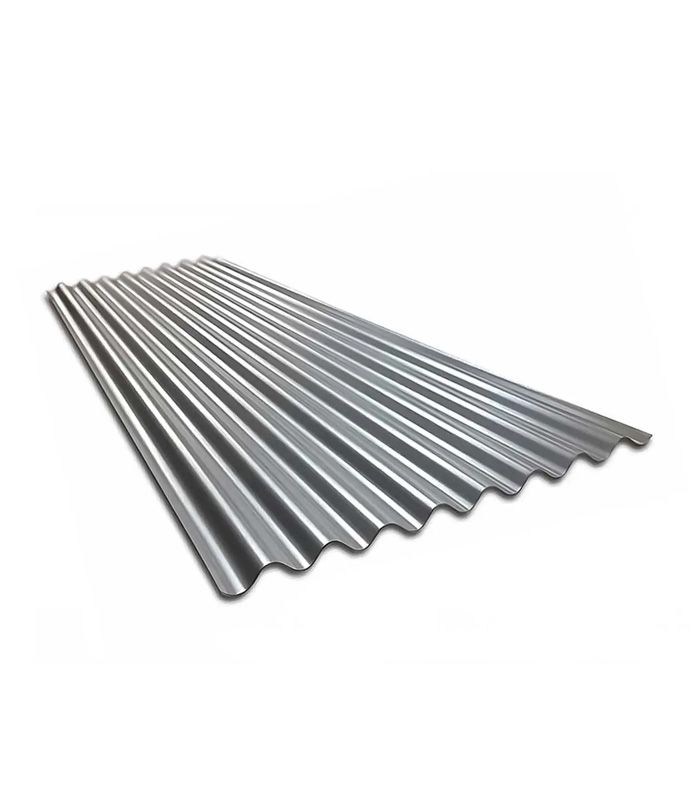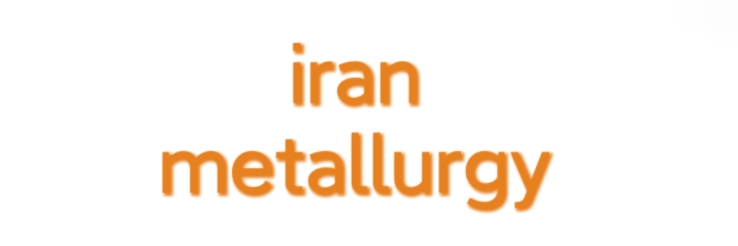Corrugated Steel Plate: Your Ultimate Guide
Corrugated steel plates have long been a staple in construction projects worldwide. From their durability to their versatility, these plates offer a myriad of benefits that make them an ideal choice for various applications. In this guide, we'll explore everything you need to know about corrugated steel plates, from their composition to their installation techniques.

Corrugated steel plates, often referred to as corrugated metal sheets, are thin, rectangular sheets of steel that feature parallel ridges and grooves. These ridges and grooves, also known as corrugations, enhance the structural integrity of the steel, making it stronger and more resistant to bending and warping.
Corrugated steel plates are typically made from galvanized steel, which is coated with a layer of zinc to prevent rust and corrosion. This coating not only extends the lifespan of the steel but also enhances its aesthetic appeal, making it a popular choice for both functional and decorative purposes.
Advantages of Corrugated Steel Plates
Corrugated steel plates offer a plethora of advantages over traditional building materials, making them a preferred choice for architects, engineers, and contractors alike.
Durability: One of the primary advantages of corrugated steel plates is their exceptional durability. Thanks to their robust construction and corrosion-resistant properties, these plates can withstand harsh weather conditions, including heavy rain, snow, and high winds, without deteriorating or losing their structural integrity.
Versatility: Corrugated steel plates are incredibly versatile and can be used in a wide range of applications, from roofing and siding to fencing and decking. Their flexibility and ease of installation make them an excellent choice for both residential and commercial projects.
Cost-Effectiveness: Despite their durability and versatility, corrugated steel plates are surprisingly affordable compared to other building materials. Their low maintenance requirements and long lifespan make them a cost-effective investment for property owners looking to minimize upkeep and replacement costs over time.
Installation Tips for Corrugated Steel Plates
Installing corrugated steel plates requires careful planning and attention to detail to ensure optimal performance and longevity. Here are some tips to keep in mind during the installation process:
Prepare the Surface: Before installing corrugated steel plates, ensure that the surface is clean, smooth, and free of any debris or obstacles. Proper surface preparation is essential for achieving a secure and stable installation.
Use Proper Fasteners: When securing corrugated steel plates in place, use high-quality fasteners designed specifically for metal roofing and siding applications. Avoid over-tightening the fasteners, as this can cause damage to the plates and compromise their integrity.
Allow for Expansion and Contraction: Corrugated steel plates expand and contract with changes in temperature, so it's essential to allow for adequate expansion and contraction gaps during installation. Failure to do so can result in buckling, warping, or other structural issues.
Corrugated Steel Plate: Applications and Uses
Corrugated steel plates find application in various industries and sectors, thanks to their exceptional strength, durability, and versatility. Some common uses include:
Roofing: Corrugated steel plates are commonly used for roofing applications in residential, commercial, and industrial buildings due to their durability and weather-resistant properties.
Siding: As a siding material, corrugated steel plates provide excellent protection against the elements while adding a modern and industrial aesthetic to any structure.
Fencing: Corrugated steel plates are a popular choice for fencing and perimeter security due to their strength, longevity, and low maintenance requirements.
Conclusion
In conclusion, corrugated steel plates are a versatile and durable building material with a wide range of applications across various industries. From roofing and siding to fencing and decking, these plates offer unmatched strength, longevity, and cost-effectiveness. By understanding the benefits and installation techniques associated with corrugated steel sheet, you can make informed decisions for your next construction project.

